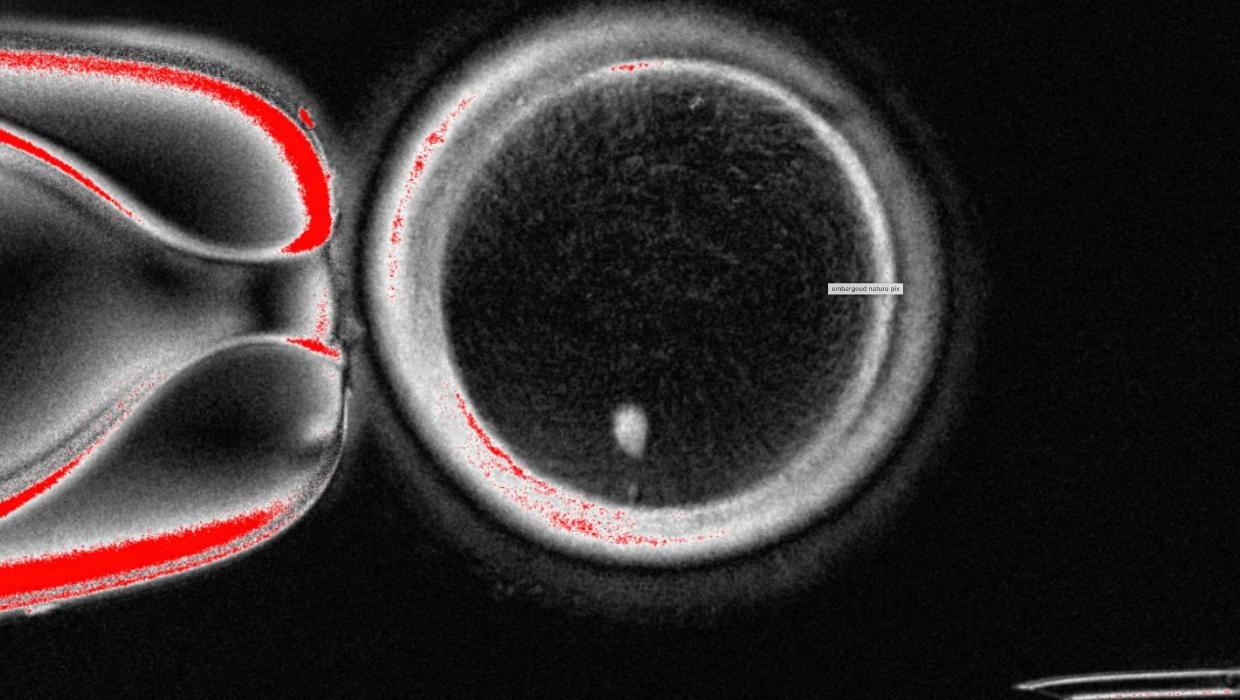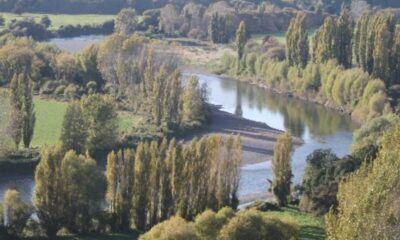Science
Researchers Create Fertilizable Human Eggs from Skin Cells

A team of researchers in the United States has successfully transformed human skin cells into fertilizable eggs, marking a significant advancement in reproductive science. This breakthrough, reported in early 2023, aims to pave the way for lab-grown eggs and sperm, potentially offering new options for individuals facing fertility challenges.
The research, conducted by a group at the University of California, Los Angeles (UCLA), involved reprogramming skin cells into induced pluripotent stem cells (iPSCs). These iPSCs were then guided to develop into oocytes, or immature eggs, that can be fertilized. This innovative approach could provide a vital alternative for people who are unable to conceive naturally or through traditional assisted reproductive technologies.
Implications for Fertility Treatments
The implications of this research extend beyond laboratory curiosity. As fertility rates continue to decline globally, and with increasing numbers of individuals seeking assistance to conceive, the ability to produce viable eggs and sperm in a laboratory setting could transform reproductive health. Currently, many fertility treatments rely on donor eggs and sperm, which may not be accessible to all individuals. The creation of lab-grown gametes could democratize access to fertility treatments, allowing more people to start families.
According to the World Health Organization, infertility affects approximately 15% of couples worldwide. This statistic highlights the urgent need for innovative solutions in reproductive healthcare. The development of lab-grown eggs and sperm could offer hope to those who otherwise may not have viable options.
Next Steps and Challenges
While this achievement is promising, researchers acknowledge that significant challenges remain. The current study focused primarily on creating immature eggs. Further research is needed to ensure that these eggs can develop into mature, fertilizable gametes that can successfully support a pregnancy. Additionally, ethical considerations surrounding the use of human cells in laboratory settings will need to be addressed as research progresses.
The UCLA team plans to continue its work, aiming to refine the techniques used to create these eggs and to explore the potential for similar advancements in sperm production. They anticipate that further breakthroughs could emerge in the coming years, potentially leading to clinical applications that could benefit many individuals facing infertility.
As discussions around the future of reproductive technologies evolve, this research highlights the intersection of science, ethics, and personal choice in the realm of fertility. The potential to create viable eggs from skin cells not only opens new avenues for scientific exploration but also emphasizes the importance of ethical frameworks as society navigates these advancements.
With the groundwork laid by this pioneering research, the prospect of lab-grown eggs and sperm is no longer a distant dream, but a developing reality that could change the landscape of fertility treatments in the future.
-

 World3 months ago
World3 months agoTest Your Knowledge: Take the Herald’s Afternoon Quiz Today
-

 Sports3 months ago
Sports3 months agoPM Faces Backlash from Fans During Netball Trophy Ceremony
-

 Lifestyle3 months ago
Lifestyle3 months agoDunedin Designers Win Top Award at Hokonui Fashion Event
-

 Sports3 months ago
Sports3 months agoLiam Lawson Launches New Era for Racing Bulls with Strong Start
-

 Lifestyle3 months ago
Lifestyle3 months agoDisney Fan Reveals Dress Code Tips for Park Visitors
-

 World3 months ago
World3 months agoCoalition Forms to Preserve Māori Wards in Hawke’s Bay
-

 Health3 months ago
Health3 months agoWalking Faster Offers Major Health Benefits for Older Adults
-

 Politics3 months ago
Politics3 months agoScots Rally with Humor and Music to Protest Trump’s Visit
-

 Top Stories3 months ago
Top Stories3 months agoUK and India Finalize Trade Deal to Boost Economic Ties
-

 World3 months ago
World3 months agoHuntly Begins Water Pipe Flushing to Resolve Brown Water Issue
-

 Entertainment3 months ago
Entertainment3 months agoExperience the Excitement of ‘Chief of War’ in Oʻahu
-

 Science3 months ago
Science3 months agoNew Interactive Map Reveals Wairarapa Valley’s Geological Secrets









